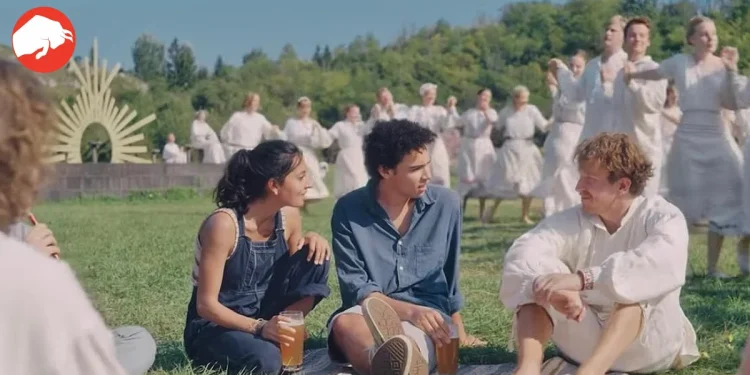Spellbinding Vistas: The Essence of On-Location Filming
Let’s start with a basic fact: setting matters. When a film takes advantage of its environment, you feel it. From the vivid landscapes in Roger Deakins’ work on Skyfall, to the drone footage in Michael Mann’s Ferrari, the real world serves as more than just a backdrop—it becomes a character. In horror films, the situation is no different. “There’s something about a movie that opts for shooting on location over relegating itself to a studio lot,” noted one industry insider.
The Eerie Allure of Bodega Bay in ‘The Birds’
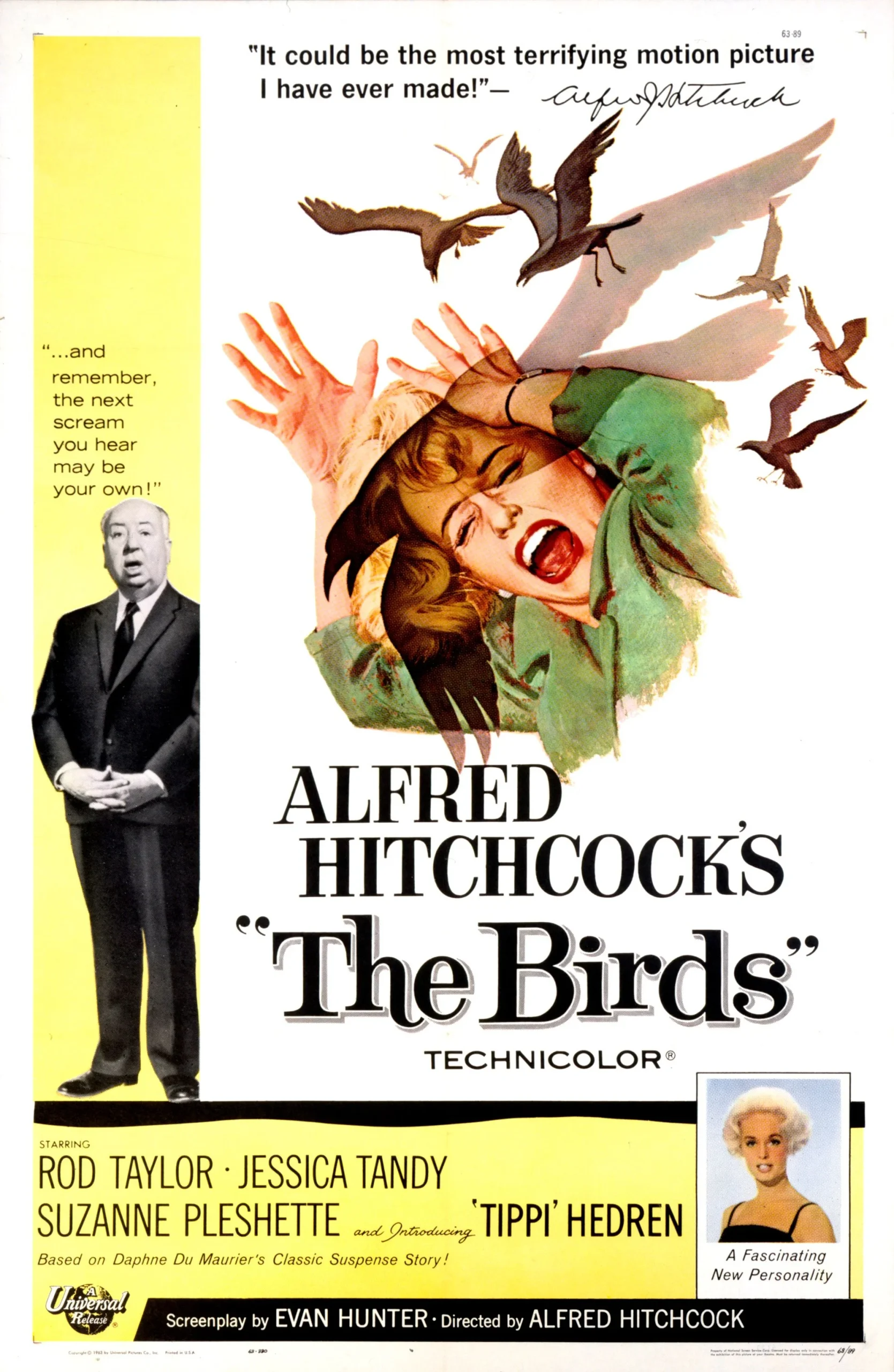
“The gorgeous Bodega Bay, California, isn’t just attacked by a single bird. Instead, it’s tens of thousands, and before long the coastal village is consumed by squawks and flapping wings.”
Alfred Hitchcock’s 1963 classic, The Birds, encapsulates what it means to amplify terror through location. The otherwise picturesque coastal village of Bodega Bay becomes a character drenched in an atmosphere of impending doom. Tippi Hedren’s seemingly simple quest for love transforms into a chilling tale, as the scenic locale is consumed by avian menace. Stream it on Peacock Premium and AMC+.
Martha’s Vineyard: The Reality Behind the Fiction of ‘Jaws’
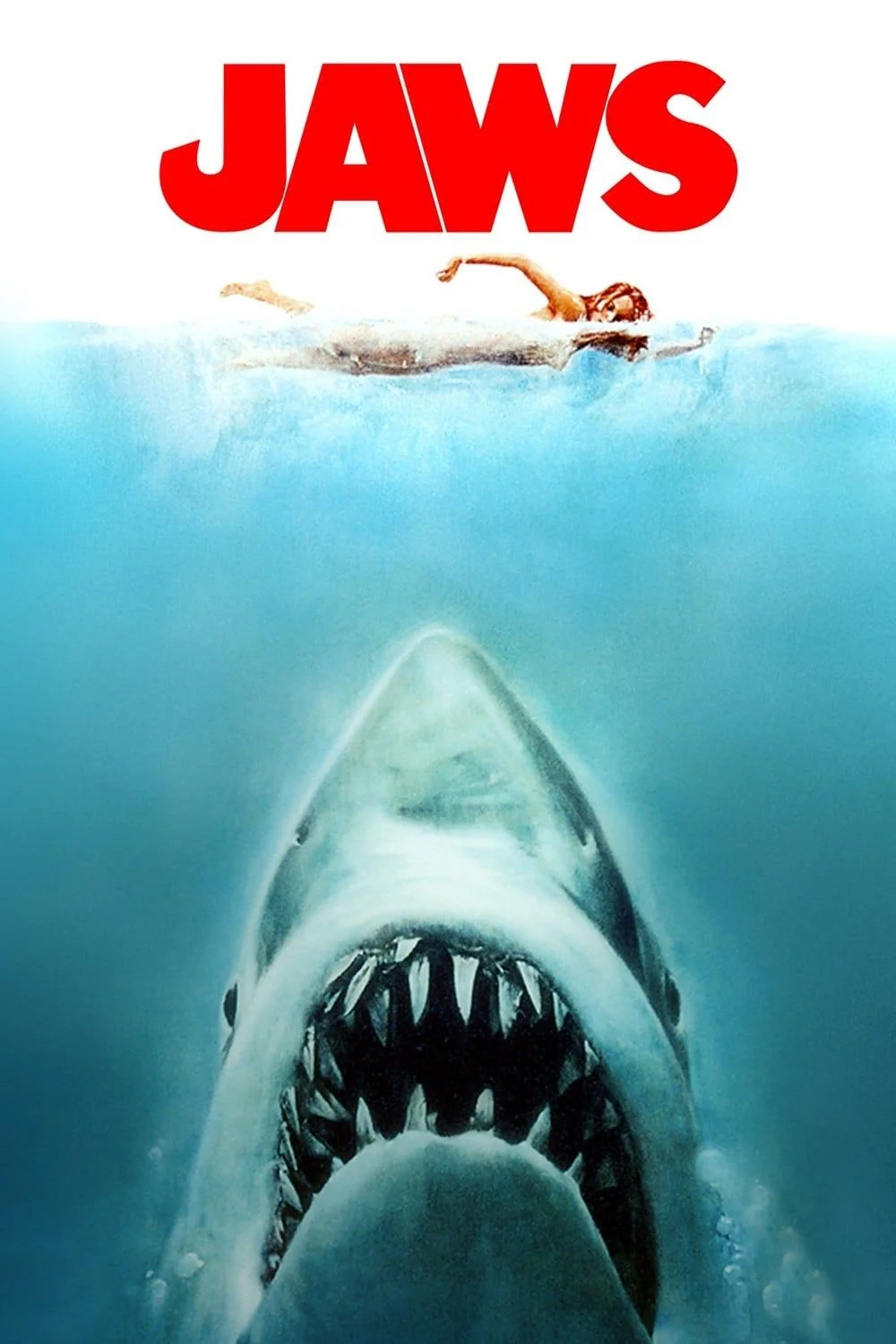
“Amity Island is a fictional locale, but it was filmed somewhere that’s not far off from where it’s supposed to be—Martha’s Vineyard.”
With Steven Spielberg’s Jaws, we are offered a faux-Long Island setting that still carries the whiff of Northeastern salt air, thanks to the actual location of Martha’s Vineyard, Massachusetts. Spielberg masterfully turned a problematic shoot into a transformative one, partly by embracing the genuine ambiance of Martha’s Vineyard to deliver suspense-filled beach scenes. Stream it on Netflix and DirecTV.
Enveloping Shadows: Point Reyes Station in ‘The Fog’
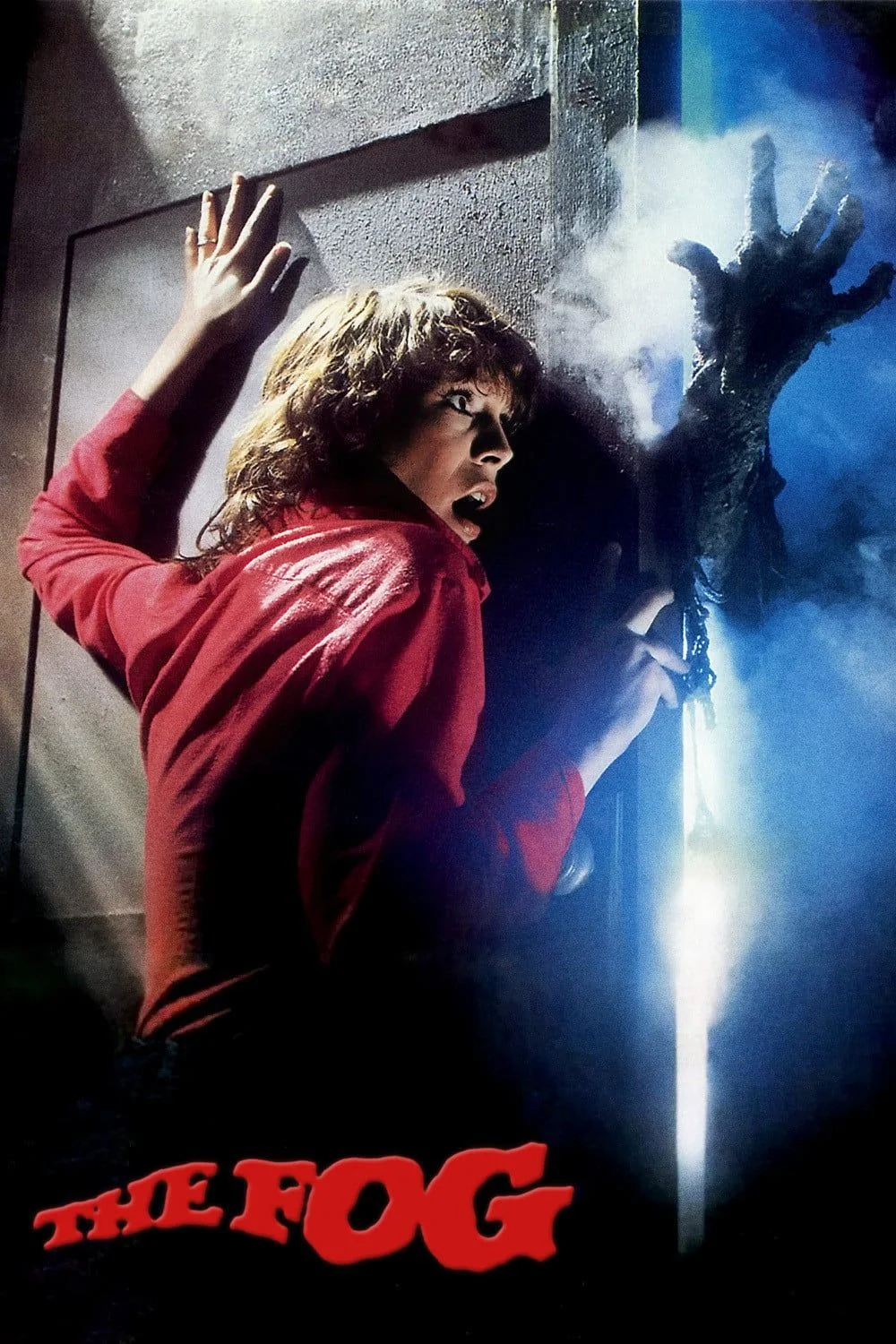
“The ghost story benefits heavily from its aquatic aura… Wayne’s lighthouse was captured using Point Reyes Station in Northern California.”
John Carpenter’s The Fog brings together mist, spooks, and the sea in one menacing package. The film’s star, Adrienne Barbeau’s radio host Stevie Wayne, guides residents through a supernatural mist. Point Reyes Station in Northern California adds an authentic layer of sea-soaked dread to the tale. Stream it on fuboTV, Tubi, Pluto TV, and Freevee.
The Towering Timberline: Mount Hood in ‘The Shining’
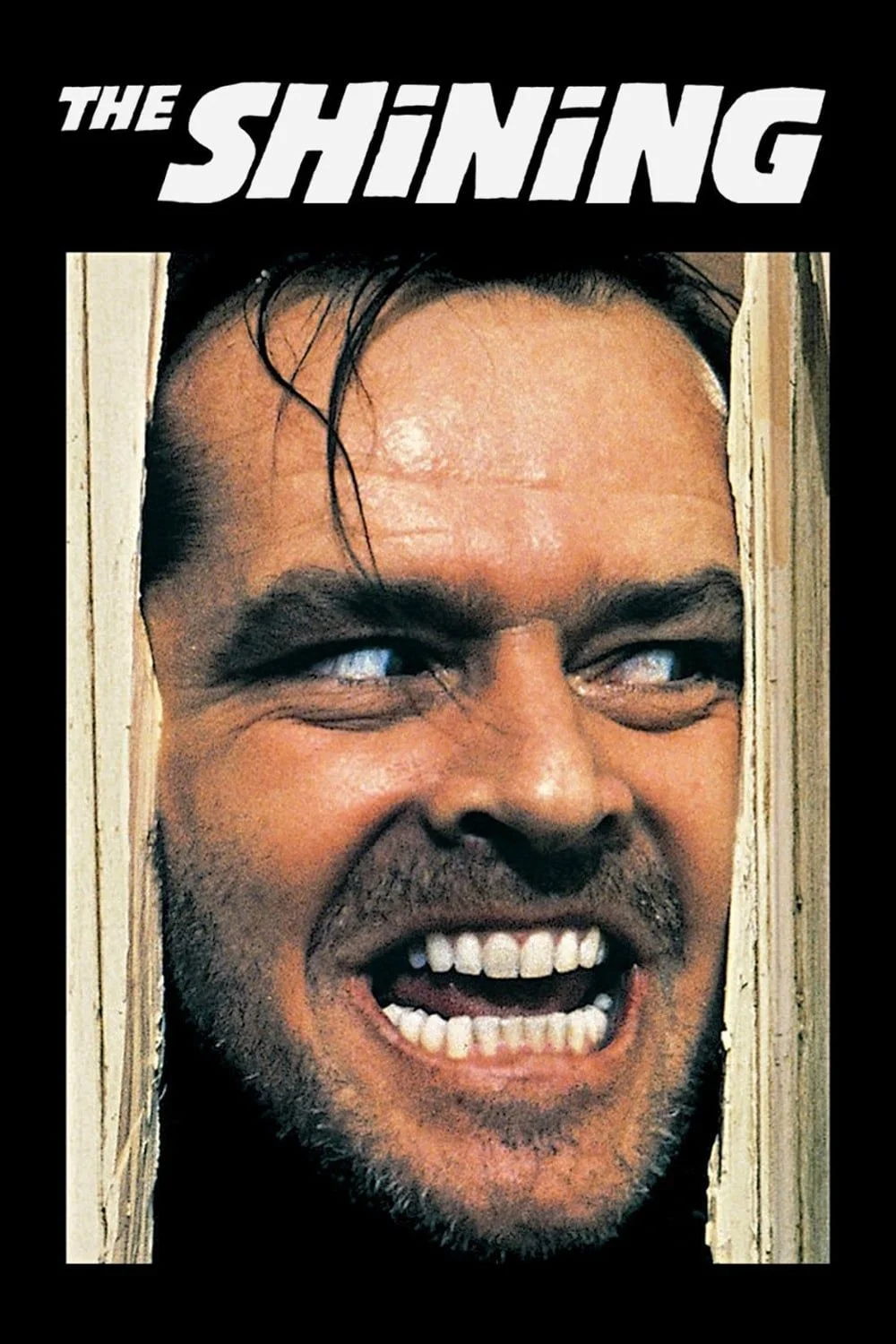
“The Timberline Lodge, on Mount Hood in Clackamas County, Oregon, was a terrific choice.”
Stanley Kubrick chose Mount Hood’s Timberline Lodge to represent the Overlook Hotel in The Shining, capturing both its idyllic and malevolent essence. This locale perfectly complements the descent into madness experienced by Jack Nicholson’s character. Stream it on Max and DirecTV.
Camp No-Be-Bo-Sco: An Old Classic in ‘Friday the 13th’
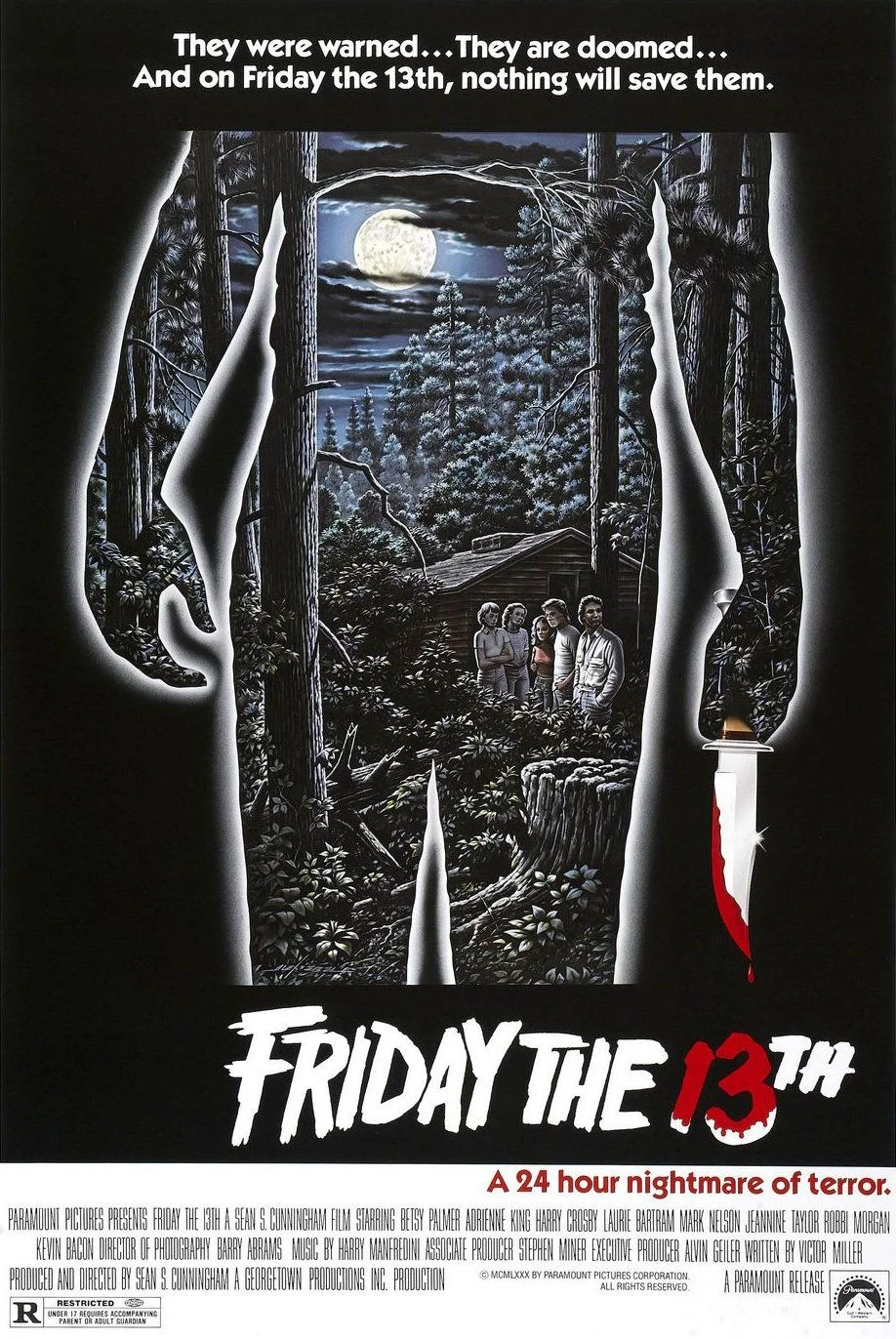
The summer camp aesthetic is cemented in horror history by Friday the 13th, largely due to the authentic camp setting at Camp No-Be-Bo-Sco in Hardwick, New Jersey. The location wraps the audience in an ambiance that is both familiar and unsettling. Stream it on Max and Paramount+.
Atmospheric Europe: From Yugoslavia in ‘Bram Stoker’s Dracula’ to Budapest in ‘Midsommar’
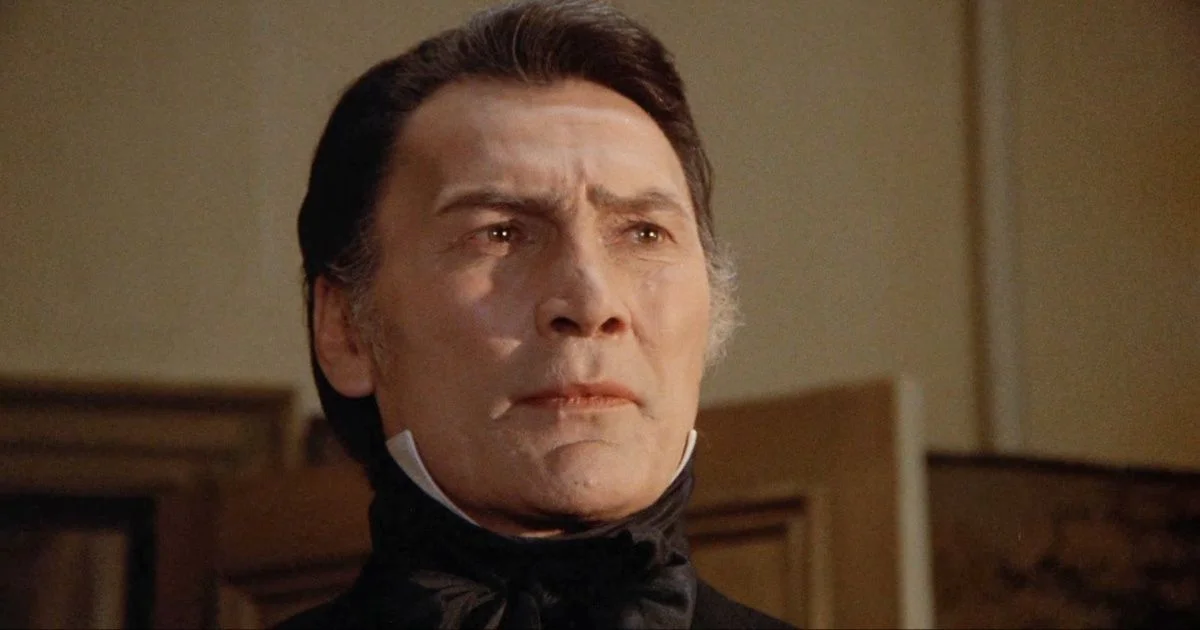
Both Dan Curtis’ Bram Stoker’s Dracula and Ari Aster’s Midsommar exploit European settings—Yugoslavia and Budapest, respectively—to instill a sense of otherworldly dread into their narratives. The serenity of these locations is juxtaposed with the unfolding horror, offering an unsettling contrast that elevates both films. Stream Bram Stoker’s Dracula on Pluto TV and Midsommar on Kanopy and DirecTV.
Budapest in ‘Midsommar’
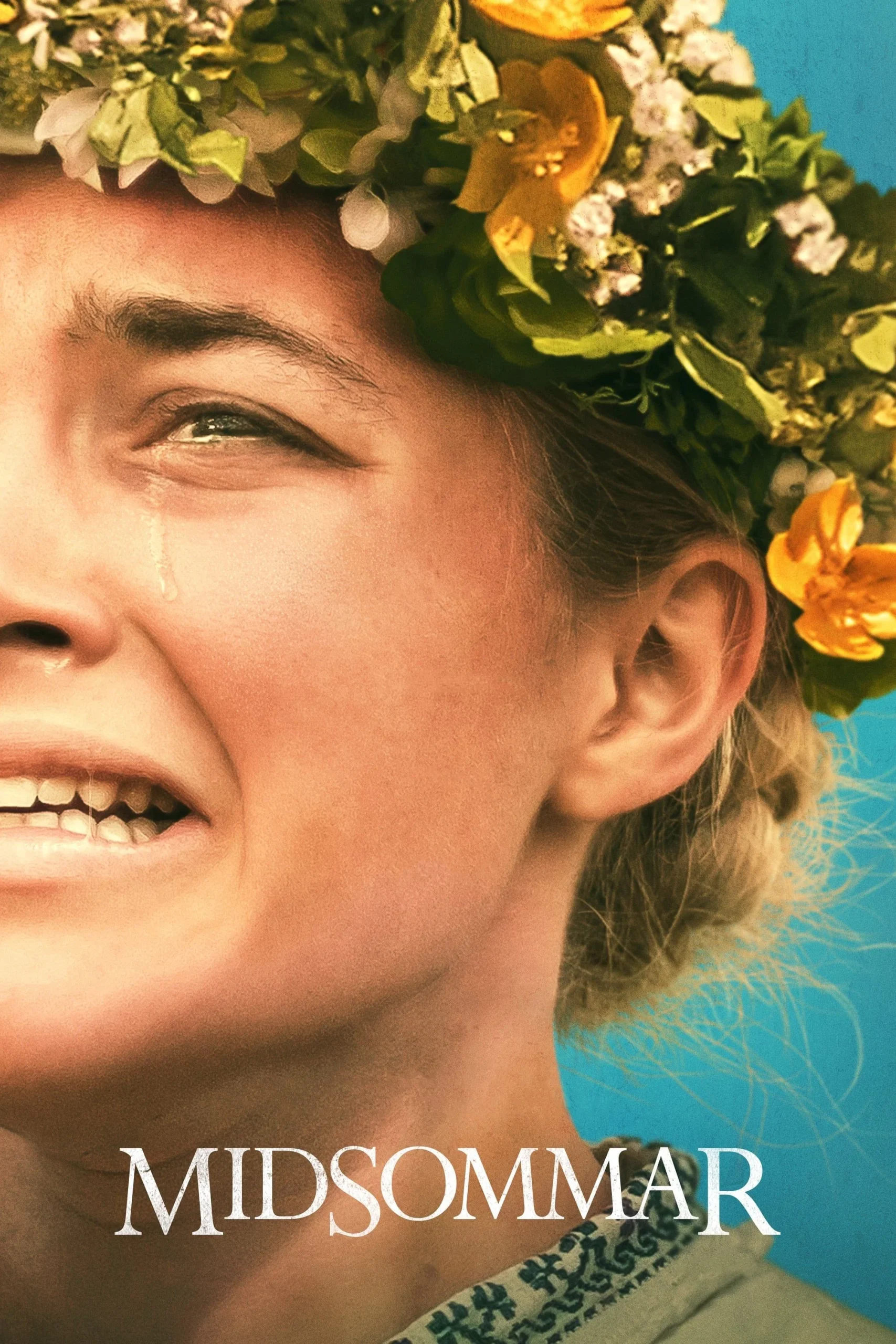
Coastal Insanity: Cape Forchu in ‘The Lighthouse’
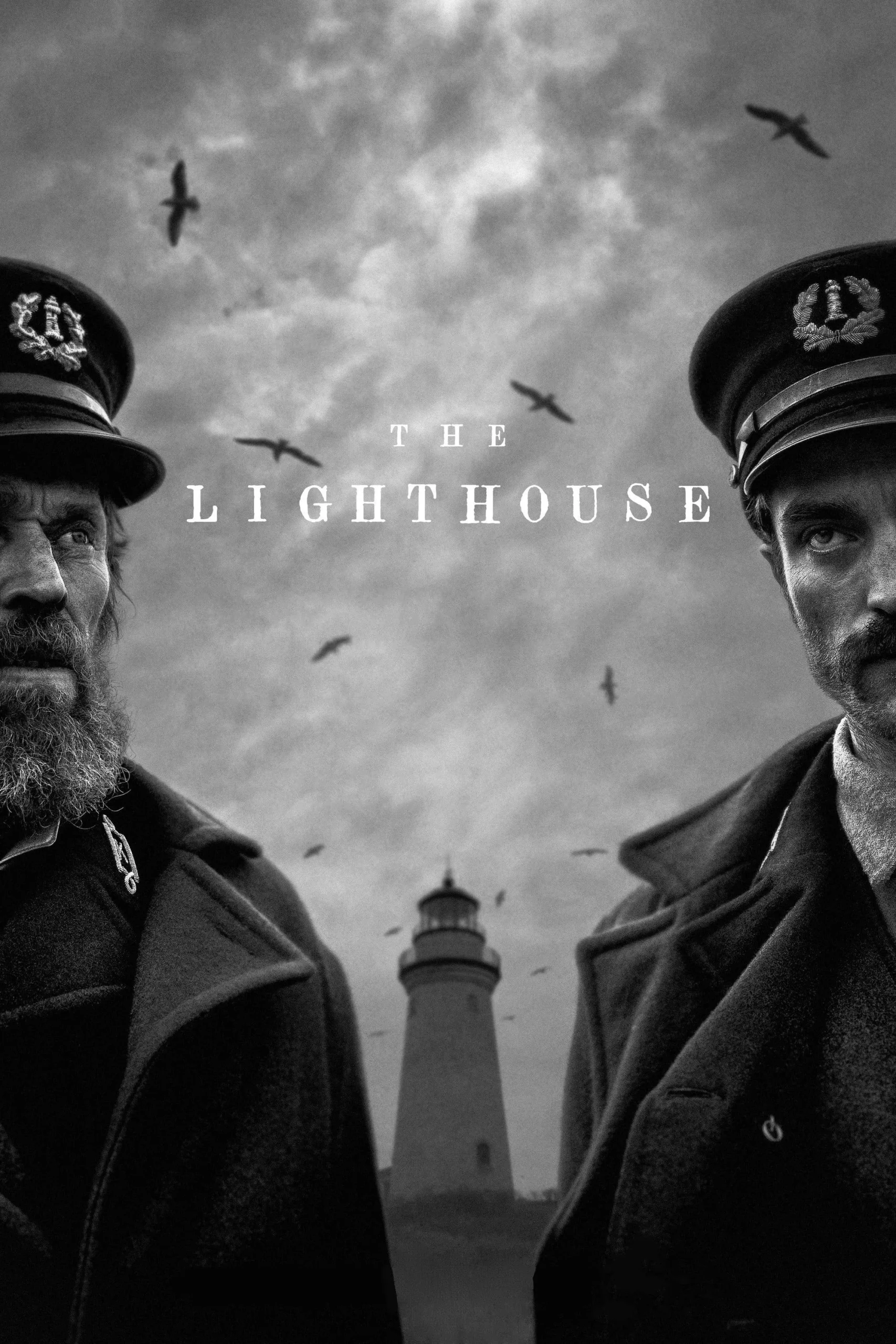
“With expert cinematography covering the Cape Forchu Lighthouse in Yarmouth, Nova Scotia, there are too many beautiful shots for The Lighthouse to be anything other than memorable.”
Robert Eggers’ The Lighthouse is a showcase of how a remote, beautifully shot locale can accentuate psychological terror. The isolation of Cape Forchu amplifies the characters’ unraveling sanity, making for an unforgettable cinematic experience. Stream it on fuboTV, Paramount+, and Showtime.
A Paradise Turned Prison: Santa Bárbara de Samaná in ‘Old’
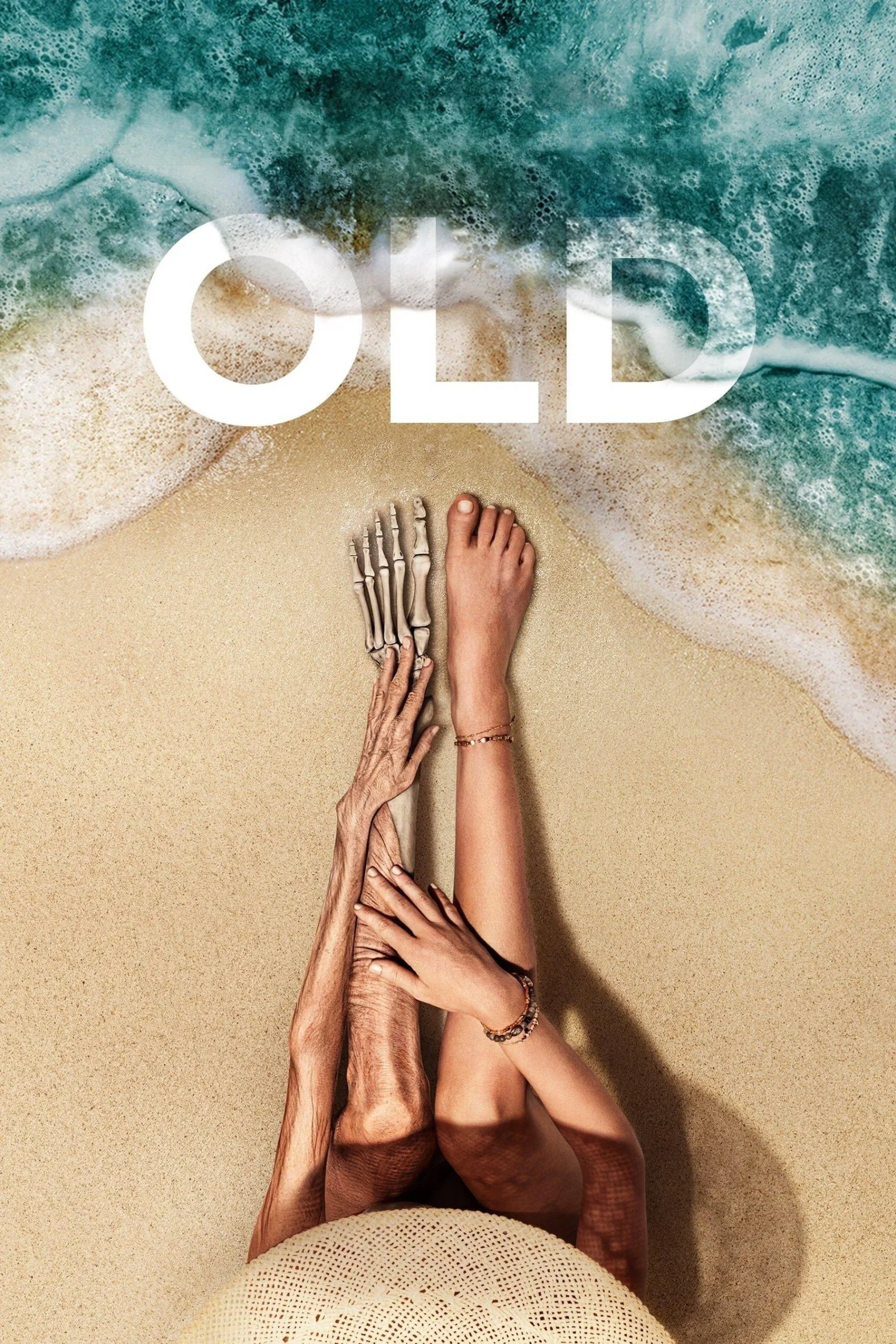
The Dominican Republic’s Playa El Valle beach serves as a seemingly idyllic but ultimately treacherous setting in M. Night Shyamalan’s Old. The spectacular scenery masks a time-bending trap that the characters can’t escape. Stream it on DirecTV and Freevee.
A Feast for the Eyes: Tybee Island in ‘The Menu’
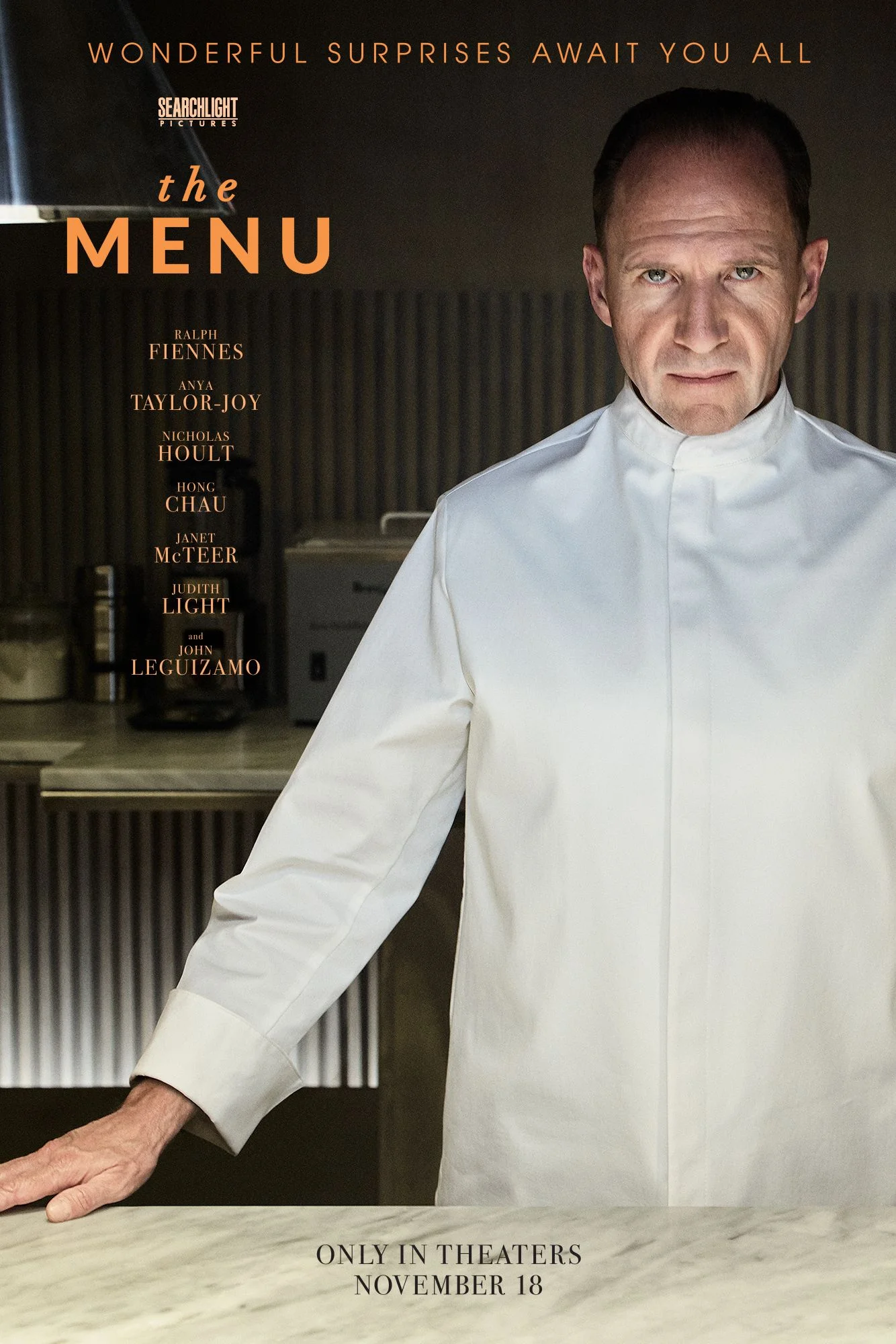
Mark Mylod’s The Menu swaps the Scottish Highlands for Tybee Island, Georgia, offering a lush yet ominous setting for a dinner party from hell. The island setting intensifies the tension as wealthy guests discover that the menu has a horrifying secret ingredient. Stream it upon release.
A Final Note: The Landscapes That Shape Our Nightmares
The bottom line? Great locations make for unforgettable horror films. Whether it’s the brooding waters of Bodega Bay or the sunlit charm of Martha’s Vineyard, the locations chosen for these iconic films are not mere settings but integral elements that amplify the fear factor. When a director makes the choice to step out of the studio lot and into the real world, magic—dark, terrifying magic—happens. So, the next time you find yourself engrossed in a chilling tale, pay close attention to the landscape—it may just be the silent character you never knew you needed to fear.


